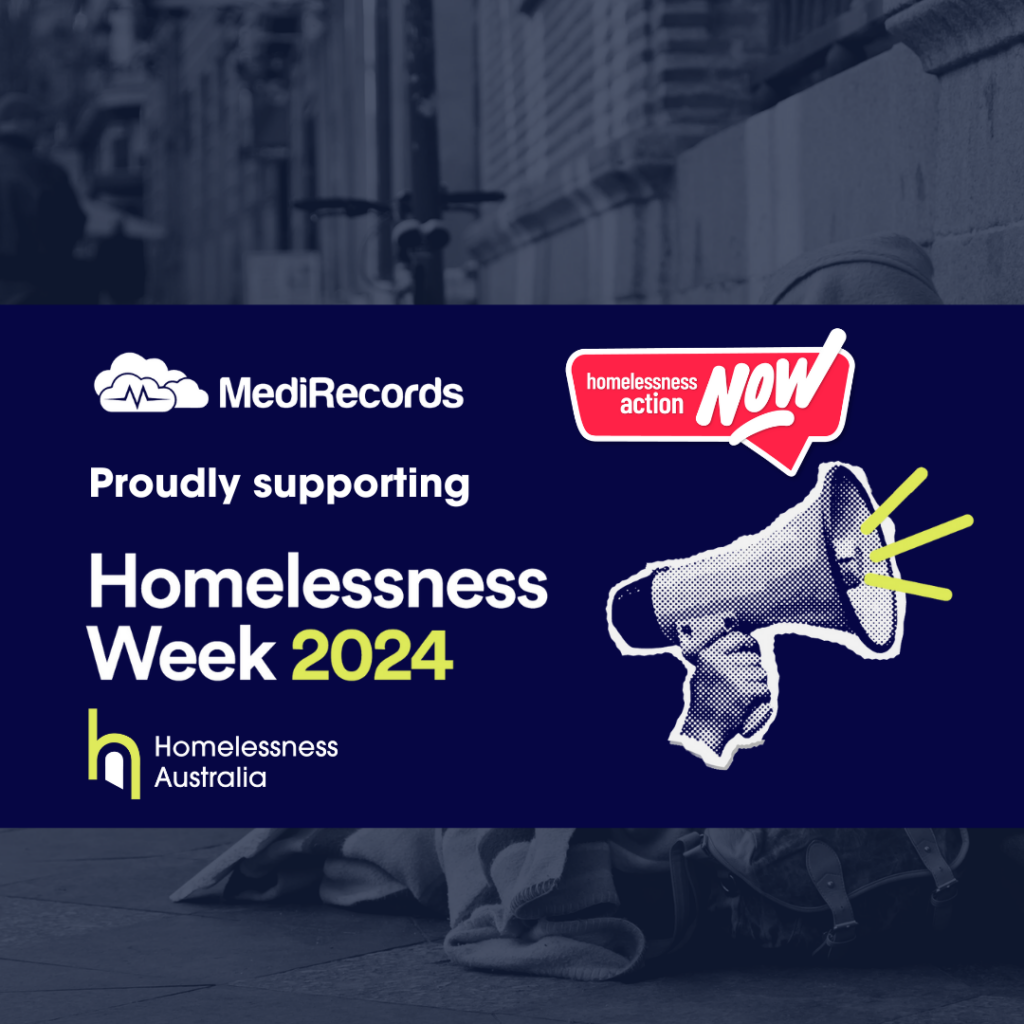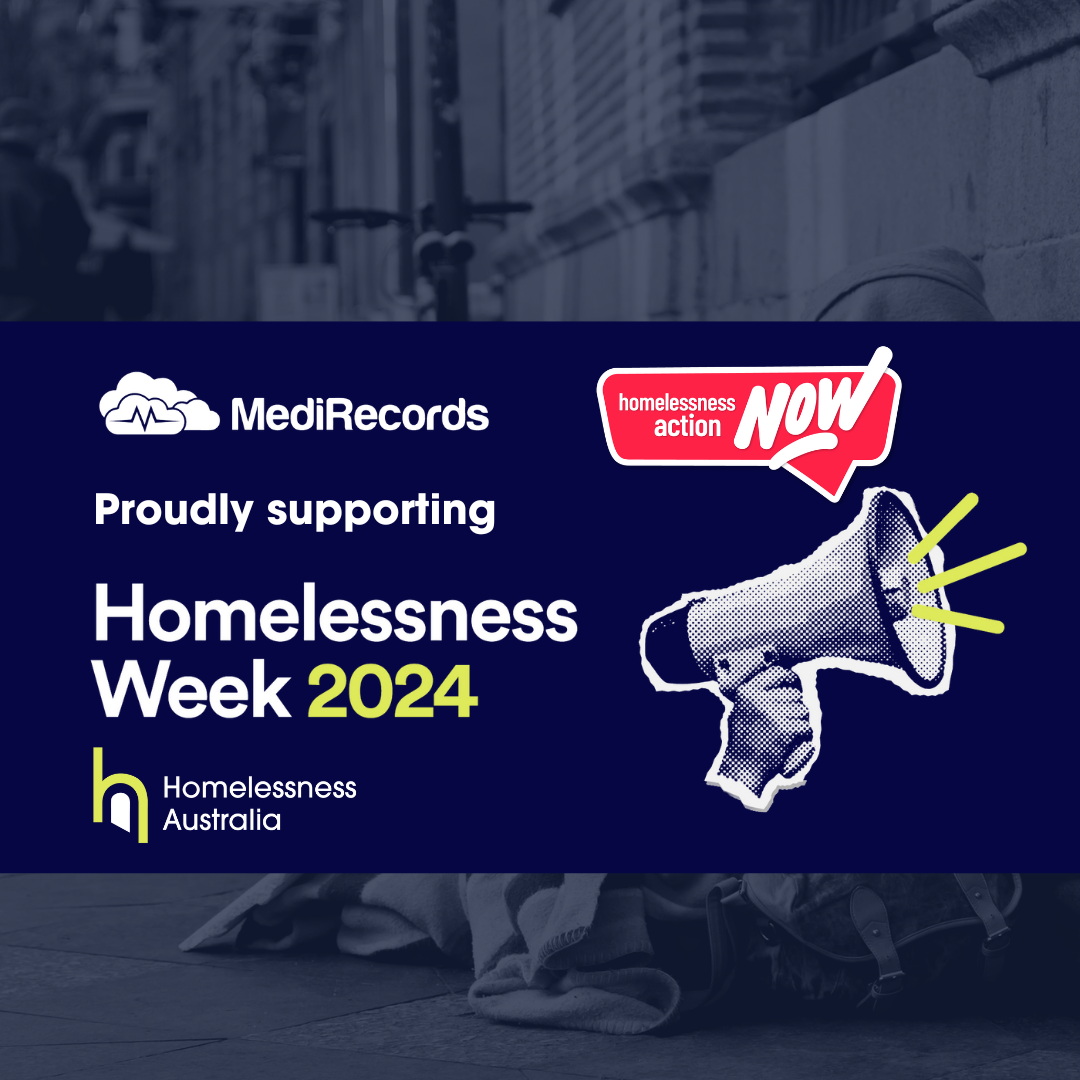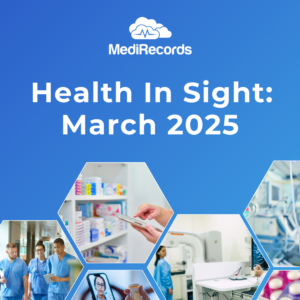August 06, 2024
Homelessness Awareness Week: The housing-health nexus

Tonight almost 122,500 Australians will have nowhere safe and secure to sleep, the most recent census data shows. One in seven of them will be children under 12.
In 2022-23, 273,600 people were assisted by homelessness services, with another 108,000 unable to be assisted due to insufficient staff, accommodation or resources. In the group who could not be supported by overstretched services, 80 per cent were women and children, many of whom were fleeing domestic and family violence, according to the Australian Institute of Health and Welfare.
This week, Homelessness Awareness Week, the national peak body for homelessness, Homelessness Australia, is calling for the changes that could turn the tide of homelessness, including:
- Increasing social housing to 10% of all housing;
- Increasing funding to homelessness services to meet need; and
- Increasing income support payments to at least $80 a day.
This week also serves as a stark reminder of the health difficulties faced by people experiencing homelessness (PEH). Studies in Australia and internationally have found about 60% of PEH have a long-term physical condition or long-term mental health conditions – higher than the population who do not experience homelessness.
The health disparities of PEH and a revolving hospital door — PEH are 43% more likely to reattend emergency departments within 28 days — reflect the social circumstances that have contributed to the experience of homelessness.
A wide-ranging review study this year, led by Jean-Phillipe Miller at St Vincent’s Hospital Melbourne, argued that while PEH were often viewed by healthcare services as “hard to reach”, it is the services themselves that are difficult to access for this vulnerable group.
By bringing healthcare directly to those in need, outreach programs, such as primary healthcare service outreach programs, offer a promising solution. A UK study found they can help bridge the gap between the homeless and essential health services.
Homeless Healthcare in Perth is one such service, providing outreach health care to PEH on the streets, along with fixed site clinics and a 20-bed inpatient facility.
CEO Alison Sayer said Homeless Healthcare provides services where they are most needed, creating an alternative to busy public emergency departments.
She said Homeless Healthcare supported over 2500 people in 2023, many of whom had multiple health conditions.
Ms Sayer said, “People experiencing homelessness have an average life expectancy of less than 50 years, a stark contrast to the average Australian who can expect to live into their 80s.
“This disparity largely exists due to the many barriers preventing people experiencing homelessness from accessing healthcare. Health problems are among the most significant factors leading to and perpetuating homelessness.”
MediRecords is proud to support the work of Homeless Healthcare as the electronic health record system for inpatient and outpatient care.
You can help make a difference by donating to Homeless Healthcare today – donate here.
Sources and further reading:
Australian Institute of Health and Welfare. (2023). Health of people experiencing homelessness. https://www.aihw.gov.au/reports/australias-health/health-of-people-experiencing-homelessness
Homelessness Australia. (2023). Home. https://homelessnessaustralia.org.au/
Kopanitsa, V., McWilliams, S., Leung, R., Schischa, B., Sarela, S., Perelmuter, S., Sheeran, E., Mourgue, L., Tan, G. C., & Rosenthal, D. M. (2023). A systematic scoping review of primary health care service outreach for homeless populations. Family Practice, 40(1), 138-151. https://doi.org/10.1093/fampra/cmac075
Lee, S., Thomas, P., Newnham, H., Freidin, J., Smith, C., Lowthian, J., Borghmans, F., Gocentas, R. A., De Silva, D., & Stafrace, S. (2019). Homeless status documentation at a metropolitan hospital emergency department. Emergency Medicine Australasia, 31, 639–645.
Miller, J. P., Hutton, J., Doherty, C., & Holmes, C. (2024). A scoping review examining patient experience and what matters to people experiencing homelessness when seeking healthcare. BMC Health Services Research, 24(492). https://doi.org/10.1186/s12913-024-10971-8
Morrison, D. S. (2009). Homelessness as an independent risk factor for mortality: Results from a retrospective cohort study. International Journal of Epidemiology, 38(3), 877–883. https://doi.org/10.1093/ije/dyp160
Queen, A. B., Lowrie, R., Richardson, J., & Williamson, A. E. (2017). Multimorbidity, disadvantage, and patient engagement within a specialist homeless health service in the UK: An in-depth study of general practice data. BJGP Open, 1(3). https://doi.org/10.3399/bjgpopen17X100941
Wood, L., Wood, N. J. R., Vallesi, S., Stafford, A., Davies, A., & Cumming, C. (2019). Hospital collaboration with a housing first program to improve health outcomes for people experiencing homelessness. Housing, Care and Support, 22(1), 27–39.





